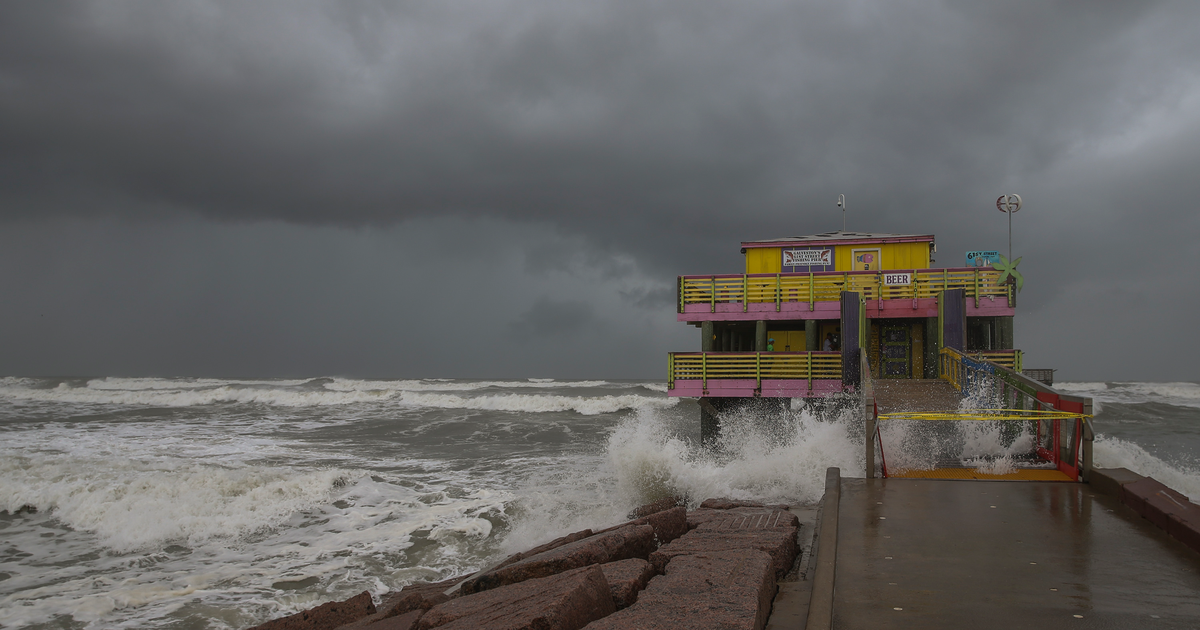
As the destructive Hurricane Laura has been making it way up from the Gulf of Mexico Wednesday and Thursday, players in the recently released Microsoft Flight Simulator noticed that they could fly right by a digital version of the massive storm thanks to the game’s live weather simulation.
It’s a viscerally impressive and imposing sight. To be able to get a clear look at a real-time approximation of Laura without any of the danger involved with being that close to the storm is a unique experience.
As a comparison to what it’s like to actually fly through a hurricane, here’s a video from National Oceanic and Atmospheric Administration pilot Nick Underwood.
Kermit (#NOAA42) flew through Hurricane #Laura FIVE times today. Here’s a time lapse of our second pass up through the beginning for our third.
A pass in and out of a hurricane is called a “penetration” or a “penny”. Five pennies today takes my career total to 61.#FlyNOAA pic.twitter.com/IqajXPbosQ
— Tropical Nick Underwood (@TheAstroNick) August 26, 2020
Underwood flies through hurricanes to collect data that is used to better inform forecasters and improve the accuracy of their predictions, which in turn allows forecasters to warn people in the path of hurricanes like Laura earlier.
As they fly through storms, hurricane hunters, as these pilots are known as, deploy devices called dropsondes which collect data like temperature, pressure, humidity, and wind speed and direction, sending that information back up to the plane before they hit the water. Pilots also penetrate the eyes of hurricanes, as getting the location of the center of the eye is especially important information for forecasters plotting the path of hurricanes, according to HurricaneHunters.com.
While Flight Simulator pilots are not as vital to the understanding of hurricanes as pilots cruising through the real thing, the game pilots get to take different looks at Laura that can help show the scale of the storm that grew from a Category 3 into a Category 4 before it made landfall in east Texas and western Louisiana.
Flight Simulator pilots also have an aesthetic advantage of getting a look at the billowy cloud formations through a third-person view that isn’t affected by things like rain and high wind speeds.
Of course, the weather that’s represented in Microsoft Flight Simulator isn’t exactly perfect. In his own flight through the storm, Washington Post reporter Gene Park found it to be relatively calm and noted that the clouds don’t swirl like in a real hurricane.
But Flight Simulator still does an impressive job with its weather system. The simulated weather system is created in partnership with Meteoblue, a company that measures weather data around the world and can reconstruct patterns all over the world.
[embedded content]
For Flight Simulator specifically, Meteoblue co-founder Mathias D. Muller explained in a video that they divide the world up into 250 million relatively small boxes including 60 vertical layers up to the stratosphere, each of which has its own temperature, pressure, wind speed, and precipitation. All of that data is stitched together with satellite image data from Bing maps to create realistic weather patterns.
